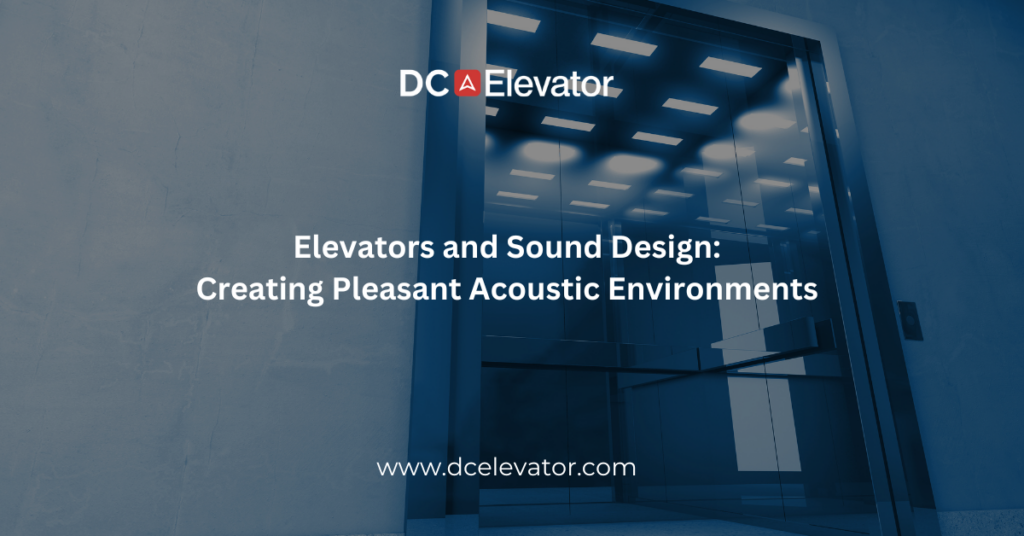Elevators, often considered mundane transit devices, are undergoing a transformative journey where functionality meets sensory experience. In this blog post, we delve into the intriguing realm of sound design within elevator spaces, exploring how acoustics contribute to a more pleasant and immersive vertical journey.
The Importance of Sound in Elevator Spaces: Traditionally, elevators were associated with mechanical noises and clunky movements, offering little regard for the auditory experience of passengers. However, modern architecture and design prioritize creating holistic environments, and elevators are no exception. Sound design emerges as a crucial element in shaping a comfortable and enjoyable elevator journey.
Enhancing Passenger Comfort:
- Whisper-Quiet Operations: Innovative elevator technologies focus on reducing operational noise to near silence. Passengers now experience whisper-quiet rides, minimizing the intrusion of mechanical sounds and promoting a serene atmosphere.
- Customizable Ambiance: Elevator soundscapes can be tailored to match the ambiance of the surrounding space. Whether it’s a corporate office, a luxury hotel, or a shopping mall, elevators can harmonize with the overall aesthetic through carefully curated audio elements.
Technological Innovations in Elevator Sound Design:
- Active Noise Control (ANC): ANC technology is employed to actively counteract unwanted sounds, creating a peaceful and tranquil environment inside the elevator cabin. This ensures a more enjoyable experience for passengers.
- Digital Soundscapes: Elevators can integrate digital soundscapes that mimic soothing natural sounds, such as flowing water or gentle instrumental music. This not only masks operational sounds but also contributes to a calming and stress-free ambiance.
Designing Elevators for Auditory Delight:
- Architectural Acoustics: Collaborations between architects and acoustic designers result in elevators designed with architectural acoustics in mind. Strategic placement of sound-absorbing materials and acoustic panels contributes to an optimal auditory environment.
- Personalized Sound Experiences: Elevator cabins can offer passengers the ability to customize their auditory experience. Whether it’s selecting preferred music or adjusting volume levels, personalization adds an extra layer of comfort.
The Future Soundscape of Elevators: As technology advances, elevators are poised to become multisensory experiences. Future iterations may include augmented reality soundscapes, adaptive ambient noise modulation, and immersive audio environments, further enhancing the overall elevator journey.
